Filter by
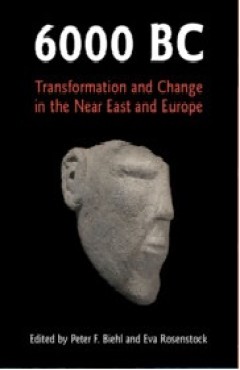
6000 BC: Transformation and Change in the Near East and Europe
This is the first book to present a comprehensive, up to date overview of archaeological and environmental data from the eastern Mediterranean world around 6000 BC. It brings together the research of an international team of scholars who have excavated at key Neolithic and Chalcolithic sites in Syria, Anatolia, Greece, and the Balkans. Collectively, their essays conceptualize and enable a deepe…
- Edition
- -
- ISBN/ISSN
- 9781107337640
- Collation
- -
- Series Title
- -
- Call Number
- -

Tis Nature's Fault: Unauthorized Sexuality during the Enlightenment
The essays in this 1988 volume address sexual phenomena in eighteenth-century Europe that were for one reason or another outside the legal or sanctified systems of acceptability: most notably, unwed heterosexual domesticity, masturbation, prostitution, libertinism, homosexuality, and pornography. The contributors, drawn from England, France, Italy, Holland, and the United States, illustrate the…
- Edition
- -
- ISBN/ISSN
- 9780511629488
- Collation
- -
- Series Title
- -
- Call Number
- -
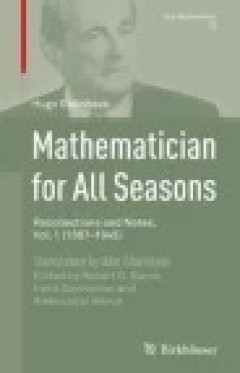
Mathematician for All Seasons: Recollections and Notes Vol. 1 (1887-1945)
This book presents, in his own words, the life of Hugo Steinhaus (1887–1972), noted Polish mathematician of Jewish background, educator, and mathematical popularizer. A student of Hilbert, a pioneer of the foundations of probability and game theory, and a contributor to the development of functional analysis, he was one of those instrumental to the extraordinary flowering of Polish mathematic…
- Edition
- -
- ISBN/ISSN
- 978-3-319-21984-4
- Collation
- -
- Series Title
- -
- Call Number
- -
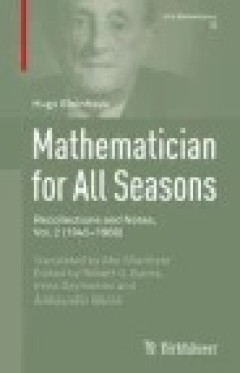
Mathematician for All Seasons: Recollections and Notes, Vol. 2 (1945–1968)
This book presents, in his own words, the life of Hugo Steinhaus (1887–1972), noted Polish mathematician of Jewish background, educator, and mathematical popularizer. A student of Hilbert, a pioneer of the foundations of probability and game theory, and a contributor to the development of functional analysis, he was one of those instrumental to the extraordinary flowering of Polish mathematic…
- Edition
- -
- ISBN/ISSN
- 978-3-319-23102-0
- Collation
- -
- Series Title
- -
- Call Number
- -

Texas Government
A textbook written by Dr. Daniel Regalado (Professor of Government and History at Odessa College), along with some sources from OpenStax material, for GOVT 2306: Texas Government. Source was written in Fall 2017.
- Edition
- -
- ISBN/ISSN
- -
- Collation
- -
- Series Title
- -
- Call Number
- 350 REG t

The West and Beyond New Perspectives on an Imagined Region
The West and Beyond explores the state of Western Canadian history, showcasing the research interests of a new generation of scholars while charting new directions for the future and stimulating further interrogation of our past. This dynamic collection encourages dialogue among generations of historians of the West, and among practitioners of diverse approaches to the past. It also reflects a …
- Edition
- Alvin Finkel, Sarah Carter, and Peter Fortna
- ISBN/ISSN
- 9781897425800.01
- Collation
- -
- Series Title
- The West Unbound: Social and Cultural Studies
- Call Number
- 461 pages
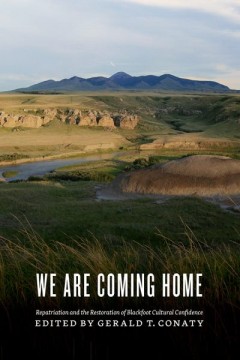
We Are Coming Home Repatriation and the Restoration of Blackfoot Cultural Co…
In 1990, Gerald Conaty was hired as senior curator of ethnology at the Glenbow Museum, with the particular mandate of improving the museum’s relationship with Aboriginal communities. That same year, the Glenbow had taken its first tentative steps toward repatriation by returning sacred objects to First Nations’ peoples. These efforts drew harsh criticism from members of the provincial gover…
- Edition
- Gerald T. Conaty
- ISBN/ISSN
- 9781771990172.01
- Collation
- -
- Series Title
- -
- Call Number
- -
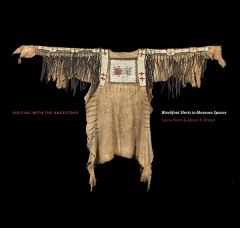
Visiting With the Ancestors Blackfoot Shirts in Museum Spaces
In 2010, five magnificent Blackfoot shirts, now owned by the University of Oxford’s Pitt Rivers Museum, were brought to Alberta to be exhibited at the Glenbow Museum, in Calgary, and the Galt Museum, in Lethbridge. The shirts had not returned to Blackfoot territory since 1841, when officers of the Hudson’s Bay Company acquired them. The shirts were later transported to England, where they h…
- Edition
- -
- ISBN/ISSN
- 9781771990370.01
- Collation
- -
- Series Title
- -
- Call Number
- 10.5 x 10, 232 pages
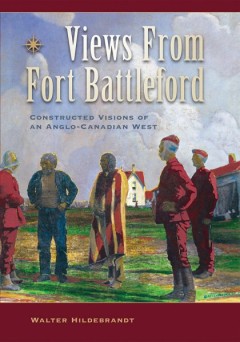
Views From Fort Battleford Constructed Visions of an Anglo-Canadian West
The Myth of the Mounties as neutral arbiters between Aboriginal peoples and incoming settlers remains a cornerstone of the western Canadian narrative of a peaceful frontier experience that differs dramatically from its American equivalent. Walter Hildebrandt eviscerates this myth, placing the NWMP and early settlement in an international framework of imperialist plunder and the imposition of co…
- Edition
- -
- ISBN/ISSN
- 9781897425459
- Collation
- -
- Series Title
- -
- Call Number
- -
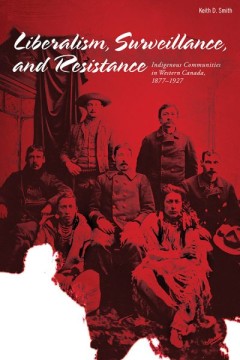
Liberalism, Surveillance, and Resistance Indigenous Communities in Western C…
Canada is regularly presented as a country where liberalism has ensured freedom and equality for all. Yet with the expansion of settlers into the First Nations territories that became southern Alberta and BC, liberalism proved to be an exclusionary rather than inclusionary force. Between 1877 and 1927, government officials, police officers, church representatives, ordinary settlers, and many ot…
- Edition
- -
- ISBN/ISSN
- 9781897425398.01
- Collation
- -
- Series Title
- The West Unbound: Social and Cultural Studies
- Call Number
- 334 pages
 Computer Science, Information & General Works
Computer Science, Information & General Works  Philosophy & Psychology
Philosophy & Psychology  Religion
Religion  Social Sciences
Social Sciences  Language
Language  Pure Science
Pure Science  Applied Sciences
Applied Sciences  Art & Recreation
Art & Recreation  Literature
Literature  History & Geography
History & Geography